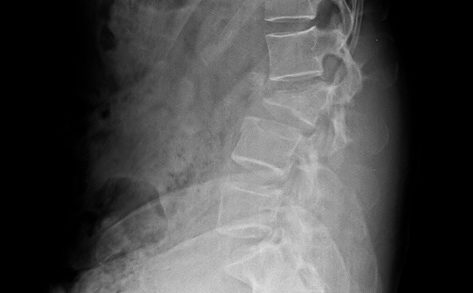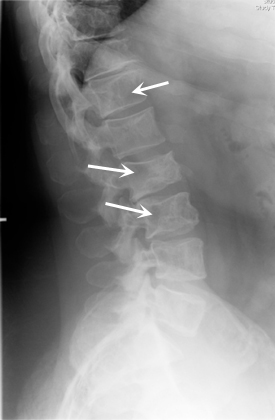CASE VIGNETTE – DECEMBER 2018
ASSESSING SPINAL INJURIES USING THE AMA 5 GUIDES
Chapter 15 of the AMA 5 Guides explains specifically that whenever possible, the Diagnosis Related Estimate method should be employed. For example, if there is a fracture of L3 that has given rise to a loss of 30% of normal anterior body height, the assessor would refer to Table 15-3 on page 384. Fractures that give rise to a loss of 25%-50% of normal anterior body height quality for DRE Lumbar Category 3 with a range of 10%-13% of whole person function. That range allows the assessor to make some allowance for associated pain and discomfort. A patient who has sustained such a fracture but is otherwise relatively unscathed, would be assessed at the lower limit of the range and given a 10% whole person impairment rating. Conversely, another patient with that same fracture but who has near constant pain and considerable difficulties with a broad spectrum of activities of daily living may rate at the upper limit of that range and qualify for a 13% impairment assessment.

Consider however the patient who has more than one fracture within the lumbar spine. Let’s say that there is a loss of 10% of anterior body height at L1 as a result of a compression fracture with another loss of 30% of anterior body height at L3. In this circumstance, the AMA 5 Guides instruct the assessor to use the “Range of Motion” method. This is best outlined in Table 15-7. It appears on page 404. The fracture at L1 (a loss of 10% of anterior body height) would qualify for a loss of 5% of whole person function. The fracture at L3 with a loss of 30% of anterior body height would qualify for a loss of 7% of whole person function. Those two losses would be combined to yield a loss of 12% of whole person function. In addition, the assessor must also make allowances for any restrictions in range of motion. Tables 15-8 ad 15-9 make allowances for losses of flexion, extension and lateral flexion to the right or left. This is a more complex analysis but is demanded by the AMA 5 Guides because there is more than one segment within that same region of the spine which has been injured.

To make it even clearer, if there was a fracture in the cervical spine, a fracture in the thoracic and a fracture in the lumbar spine, the assessor would still use the Diagnosis Related Estimate Category method and refer to Tables 15-5, 15-4 and 15-3 respectively. It is only when there is more than one fracture in the same region (cervical, thoracic or lumbar) that Table 15-7 is used.
